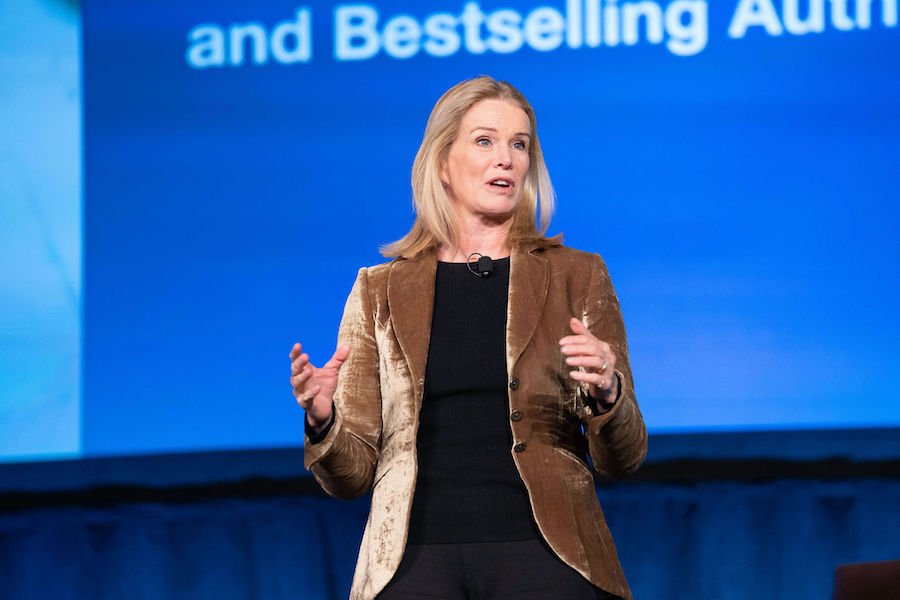Elevate Women in the Workplace
[Jim Cowsert/Grapevine Photo]
Much has been said about the disparities women face in the workplace. There’s an unfair women’s pay gap, and women can face sexual harassment or discrimination at almost every level of their careers. I’ve dealt with facing such issues since my very first job.
Public relations is a profession where the majority of practitioners are women. So how women are treated, and what their success trajectory is, should matter to us.
Sometimes the challenges working women face are clear, but others seem invisible. The reasons for disparities in the workforce — like wage inequities — seem difficult to identify. Or perhaps they’re not difficult to identify, but difficult to name. Is the cause solely patriarchal greed?
As a business owner myself, the wage gap seems more complex. Even when I can ask for a certain pay (or rate) myself, I may hesitate in a way that a male counterpart may not. At least, that’s the feedback I’ve received.
Learning to take risks
I was excited to hear author Katty Kay speak at PRSA’s ICON 2022 this past November because of this. I’ve been following her, and how girls and women are faring in the confidence space, for years. As a first-gen pioneer who’s learned how to do many new things, being confident enough to take chances is something I work on.
Research that Kay and her co-author did for their book, “The Confidence Code for Girls,” showed that between the ages of 8 and 14, girls’ confidence levels fall by 30%. By 14, boys’ confidence is 27% higher. Without strategic intervention, girls’ confidence drop can become the new baseline they take with them into adulthood. As PR professionals, we have the ability to use communication strategies to counteract this confidence drop at this younger age.
As Kay mentioned at ICON, girls need to be taught that they can take risks or fail as much as their male counterparts. As someone who studies culture, I’d argue this is especially true for girls raised in a collectivist culture. In a collectivist culture, putting the needs of a group above your own individual needs is valued.
Many people from Latino, Black, or Asian communities are brought up within a collectivist culture. Additionally, women — typically adept at creating strong groups or communities — may care even more about the wants of their family, friends or co-workers.
Those cultural dynamics could impact the type of college student, intern and ultimately working professional girls become. Women, especially women of color, need to push against these dynamics, to take risks and challenge systems that don’t support a thriving, whole society. Confidence grows with action, taking action is the first step.
Elevating the role of women
The old Hollywood portrayal of the perfect woman — fit body, smart mind, accomplished but still less valuable than men — needs to be consciously challenged. As PR practitioners, we may not work in Hollywood, but the stories we tell more intimately connect with our audiences. We can create more empowering content, and behave better in our workplaces to elevate the role and value of women.
March is Women’s History Month. Don’t just look back at the historical contributions of women. Share the present role women play in leading the way at work and life. Look ahead by creating the change in how you pay, promote and portray women. All PR pros can support these efforts.
Working women, get comfortable sharing your journey as imperfect role models. Young women need to hear more about that. Let’s push ourselves to take more strategic risks and encourage girls to take them as well. Role model resiliency and perseverance. Those traits are definitely helpful in public relations!
To work in public relations, we all need confidence and courage. Cultivate that for yourself, and cheer on women entering or working in the profession.
Copyright [2023] The Public Relations Society of America (www.prsa.org). Reprinted with permission.

